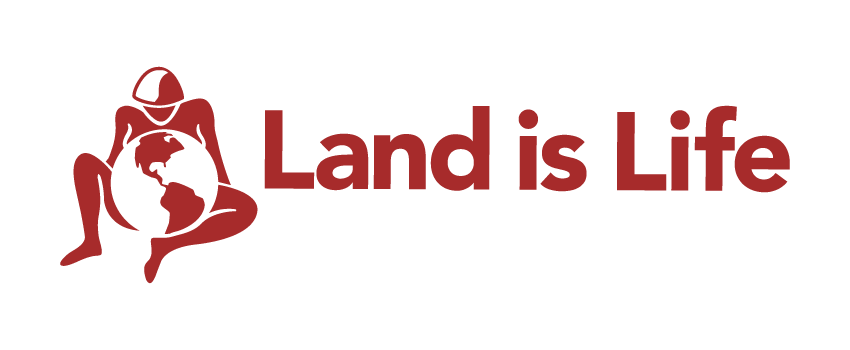Land is Life en la COP16
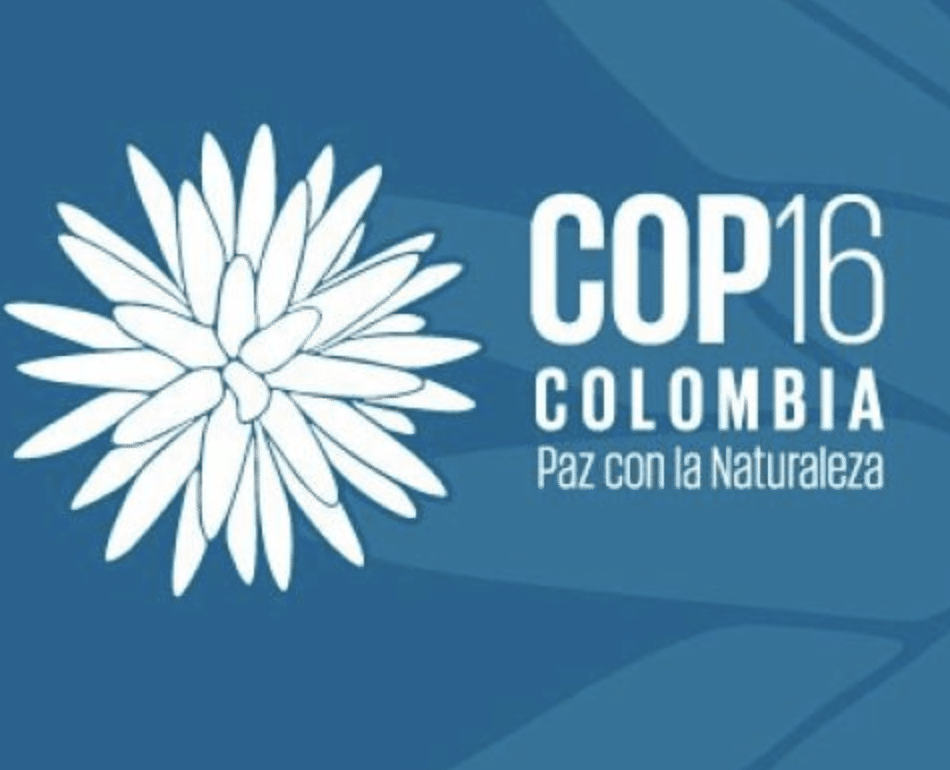
El segundo país más biodiverso del planeta recibe a la COP16 de biodiversidad durante el 21 y el 1 de noviembre de 2024. Delegaciones de 196 países se reúnen en Cali para informar cómo han traducido en acciones nacionales los objetivos del Marco Mundial de Diversidad Biológica Kunming-Montreal, establecidos en la COP15. También presentarán sus avances en la implementación del marco de diversidad biológica y Planes de Acción nacionales concretos. Desde Land is Life estamos convencidos de que no es posible garantizar la protección de la biodiversidad sin sus guardianes: los Pueblos Indígenas. Las mujeres Indígenas están listas para contribuir a los procesos de toma de decisiones en todos los niveles. Procedentes de las siete regiones socioculturales, ellas se han movilizado para impulsar su agenda en Cali y nosotros las acompañamos en dos eventos particulares: Elevando voces, asegurando futuros: Participación de los Pueblos y las mujeres Indígenas en movilización de recursos para la biodiversidad.Cuándo: 24 de octubre, a las 3:00 P.M Dónde: Zona Azul. Salón Nuquí – Salón Academia e Investigación Plaza Uno. Interpretación disponible: ESP- ENG 2. Protectoras de la vida: Mujeres Indígenas preservando la biodiversidad Cuándo: 30 de octubre, 12:30 P.M Dónde: Zona Azul. Pabellón de América Latina y el Caribe, la BIOdiversidad nos une. Con ánimo de aportar a la conversación, contribuir al posicionamiento de los Pueblos Indígenas en estos espacios y resaltar su rol en la protección y fomento de la biodiversidad; compartimos los siguientes documentos: El compromiso que necesitamos 17 financiadores anunciaron un compromiso histórico de US$1.7 mil millones en la COP26, en 2021, para avanzar en los derechos de tenencia forestal en países con bosques tropicales entre 2021 y 2025. En anticipación del anuncio de una Promesa 2.0, un grupo de 45 organizaciones de Pueblos Indígenas de África, Asia, América Latina, el Ártico y el Pacífico proporcionan recomendaciones estratégicas e ideas para informar y fortalecer los debates y resultados de la Promesa 2.0. 10 Razones por las que no se debe asociar a los Pueblos Indígenas con el término comunidades locales Tras la adopción de la Declaración de las Naciones Unidas sobre los derechos de los Pueblos Indígenas en 2007, se formó un consenso internacional en torno a la naturaleza específica de los Pueblos Indígenas. Los Estados comenzaron a alinear su terminología con el reconocimiento de los Pueblos Indígenas en la Declaración. Cuestiones clave que se abordarán en la COP16 Este documento es el resultado de cinco seminarios web que representaron una oportunidad para desarrollar la capacidad y los conocimientos de las mujeres y jóvenes Indígenas para su participación en la COP16 que tendrá lugar del 21 de octubre al 1 de noviembre de 2024 en Cali, Colombia. Estos son los temas a discutir y el papel de los pueblos indígenas en las próximas negociaciones
Land is Life at COP16

The second most biodiverse country on the planet will host COP16 on biodiversity from October 21 to November 1, 2024. Delegations from 196 countries will gather in Cali, Colombia, to report on how they have translated the goals of the Kunming-Montreal Global Biodiversity Framework, established at COP15, into national actions. They will also present their progress on implementing the biodiversity framework and concrete National Action Plans. At Land is Life, we are convinced that it is impossible to ensure the protection of biodiversity without its guardians: Indigenous Peoples. Indigenous women are ready to contribute to decision-making processes at all levels. Coming from seven sociocultural regions, they have mobilized to advance their agenda in Cali, and we will support them at two specific events: Raising voces, securing futures: Participation of Indigenous Peoples and women in Resources mobilization for biodiversity. When: October 24, at 3:00 PM Where: Zona Azul. Nuquí Room – Academia and Research Plaza Uno.Interpretation available: ESP-ENG 2. Protectors of Life: Indigenous Women Preserving Biodiversity. When: October 30, at 12:30 PMWhere: Zona Azul. Pabellón de América Latina y el Caribe, BIOdiversidad nos une. In the spirit of contributing to the conversation, supporting the positioning of Indigenous Peoples in these spaces, and highlighting their role in the protection and promotion of biodiversity, we share the following documents: The Pledge We Need Seventeen funders announced a historic commitment of $1.7 billion at COP26 in 2021 to advance forest tenure rights in tropical forest countries from 2021 to 2025. In anticipation of the announcement of a Promise 2.0, a group of 45 Indigenous Peoples organizations from Africa, Asia, Latin America, the Arctic, and the Pacific provide strategic recommendations and ideas to inform and strengthen the discussions and outcomes of Promise 2.0. 2. 10 Reasons Why Indigenous Peoples Should Not Be Associated with the Term Local Communities Following the adoption of the United Nations Declaration on the Rights of Indigenous Peoples in 2007, an international consensus was formed around the specific nature of Indigenous Peoples. States began to align their terminology with the recognition of Indigenous Peoples in the Declaration. 3. Key Issues to be Addressed at COP16This document is the result of five webinars that represented an opportunity to develop the capacity and knowledge of Indigenous women and youth for their participation in COP16, which will take place from October 21 to November 1, 2024, in Cali, Colombia. These are the topics to be discussed and the role of Indigenous Peoples in the upcoming negotiations.
Indigenous Women’s Program Fellowship
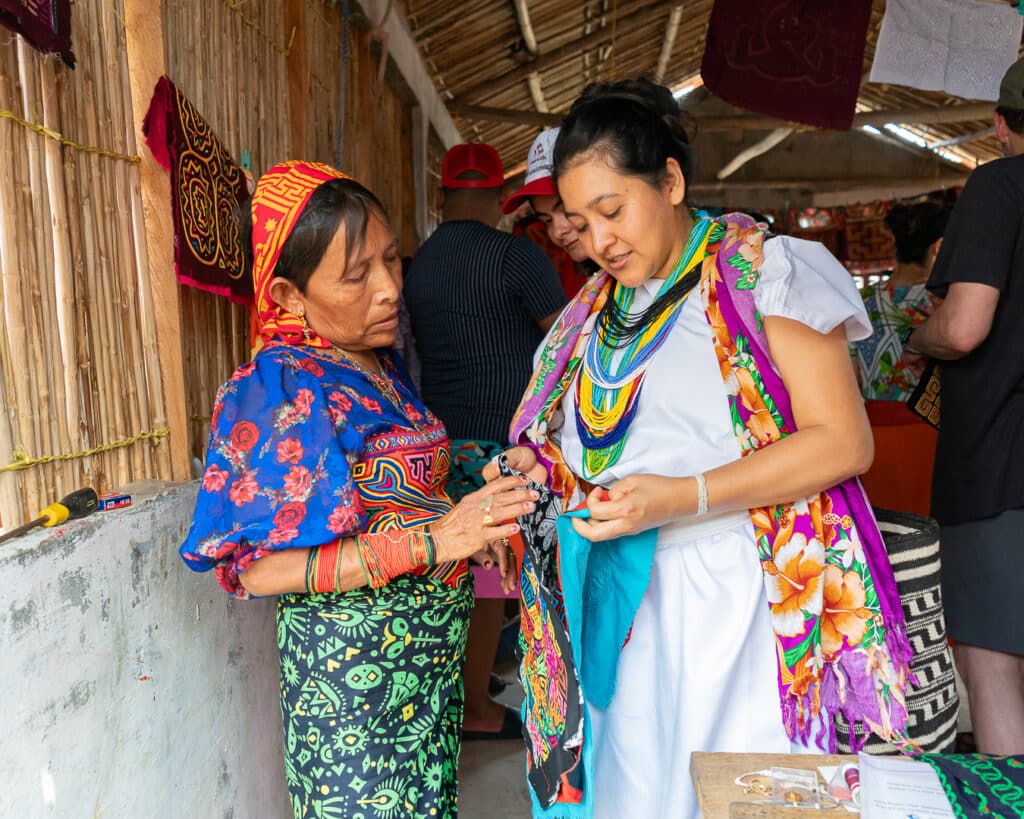
2025 – Cohort III Open call Registration period: from October 21st to November 24th, 2024 We invite fellowship applications that prioritize innovative projects advancing Indigenous Women’s rights and management of their land and natural resources. Land is Life will evaluate applicants based on their demonstrated experience in supporting Indigenous Peoples’ communities, their commitment to advancing Indigenous rights, the clarity and feasibility of project objectives related to Indigenous Women’s rights, as well as regional and age diversity, with a priority for supporting partner organizations within our network. About Indigenous Women’s Program Designed and led by Indigenous women, the program supports Indigenous women and their organizations – in Africa, Asia, and throughout the Americas – to effectively assert their individual and collective rights to access, to use and control land and natural resources, to improve their livelihoods, and to promote and protect their peoples’ rights. About the fellowship Under the Indigenous Women’s Program, the year-long fellowship helps to nurture the next generation of Indigenous women leaders by supporting young Indigenous women who are taking innovative actions that contribute to gender equality, the well-being of their communities, and the recognition of their land and resource rights. What do we offer? Financial Support Fellows receive: What do the fellows commit to? Who can apply? How to apply? Registration period: from October 21st to November 24th Results: By December 20th Starting date: January 13th ____________________________________________________________________________ Land is Life is a global coalition of Indigenous Peoples that works to advance the self-determination and collective rights of Indigenous Peoples in the world’s seven socio-cultural regions.
10 Reasons why indigenous peoples should not be conflated with the term local communities
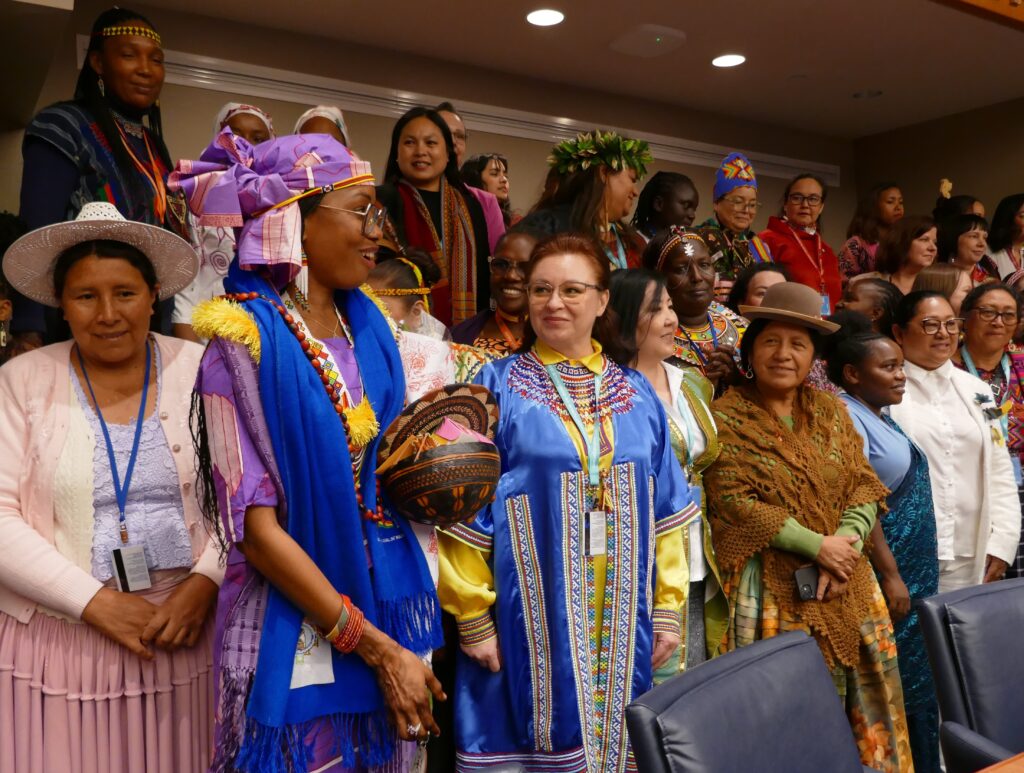
How did it start? The term “Indigenous Peoples and local communities” first emerged in international policy during the 1992 United Nations Conference on Environment and Development. This terminology was included in the Convention on Biological Diversity, Agenda 21, and the Rio Declaration on Environment and Development. By the mid-2000s, this phrase became common in conservation spaces, including usage by the UN Programme of Work on Protected Areas. During early discussions about drafting a UN Declaration on the Rights of Indigenous Peoples, the UN Working Group on Indigenous Populations helped states understand why the term “Peoples” was more appropriate than “populations,” “tribals,” or “peasants.” After the UN Declaration on the Rights of Indigenous Peoples was adopted in 2007, an international consensus formed around the distinct nature of Indigenous Peoples. States began aligning their terminology with the Declaration’s recognition of Indigenous Peoples. This shift was reflected in changes to UN procedures, such as renaming the “Special Rapporteur on the situation of human rights and fundamental freedoms of indigenous people” to the “Special Rapporteur on the rights of Indigenous Peoples.” Why Indigenous Peoples should not be conflated with the term “local communities”? What has been done? The United Nations Mechanisms related to Indigenous Peoples: the United Nations Permanent Forum on Indigenous Issues -UNPFII-, Expert Mechanism on the Rights of Indigenous Peoples -EMRIP- and the Special Rapporteur on the rights of Indigenous Peoples -UNSR- have issued recommendations according to their mandates requesting all UN entities to refrain from conflating or equating Indigenous Peoples with “local communities”. The three UN Mechanisms issued a joint statement made in Geneva in July 2023, urging “to cease the use of the term “local communities” alongside “Indigenous Peoples,” so that the term “Indigenous Peoples and local communities” is no longer used.” In continuing the efforts, the three UN Mechanisms met in Rome on February 26-28, 2024 with United Nations entities and Indigenous Peoples’ representatives, providing recommendations to “avoid perpetuating violations of human rights and the challenges faced by Indigenous Peoples due to grouping and conflating them with the term “local communities” or other categories.” These statements and recommendations do not seek to undermine “local communities” but are aimed at explicitly promoting and protecting the rights of Indigenous Peoples to ensure they are not diminished or otherwise compromised.
The pledge we need
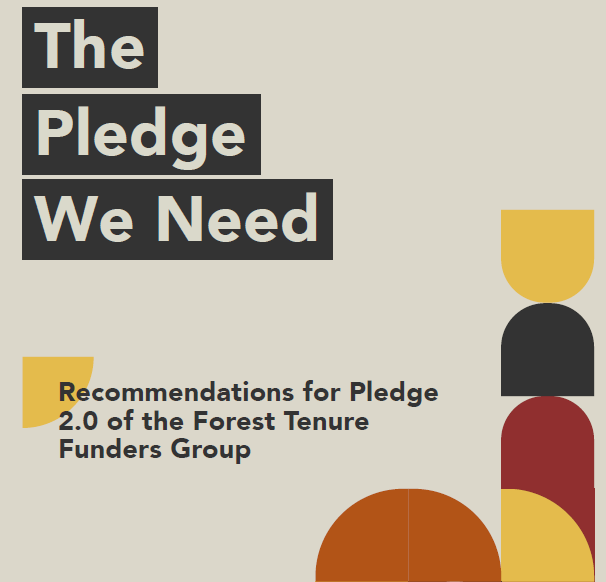
Recommendations for Pledge 2.0 of the Forest Tenure Funders Group To: Forest Tenure Funders Group The historic commitment that the Forest Tenure Funders Group made at COP26 – to invest $1.7 billion to advance forest tenure rights in tropical forest countries between 2021-2025 – has benefitted Indigenous Peoples in tropical forest countries in Africa, Asia and Latin America, and has been crucial in drawing international attention to the key role that Indigenous Peoples can play in finding solutions to the challenges presented by global climate change and in safeguarding the world’s biological diversity. We understand that the Forest Tenure Funders Group has begun discussing the framework for a second pledge (“Pledge 2.0”). In this letter, we offer our recommendations and encourage you to use them to inform the discussions related to a second pledge. We view these recommendations as necessary elements in order for the second pledge to provide a realistic assessment of the enormity of the challenges presented by global climate change, and to learn from and build upon the successes and the deficiencies in implementing the first pledge. We write this letter in the spirit of collaboration and with a commitment to contribute to an effective Pledge 2.0.
